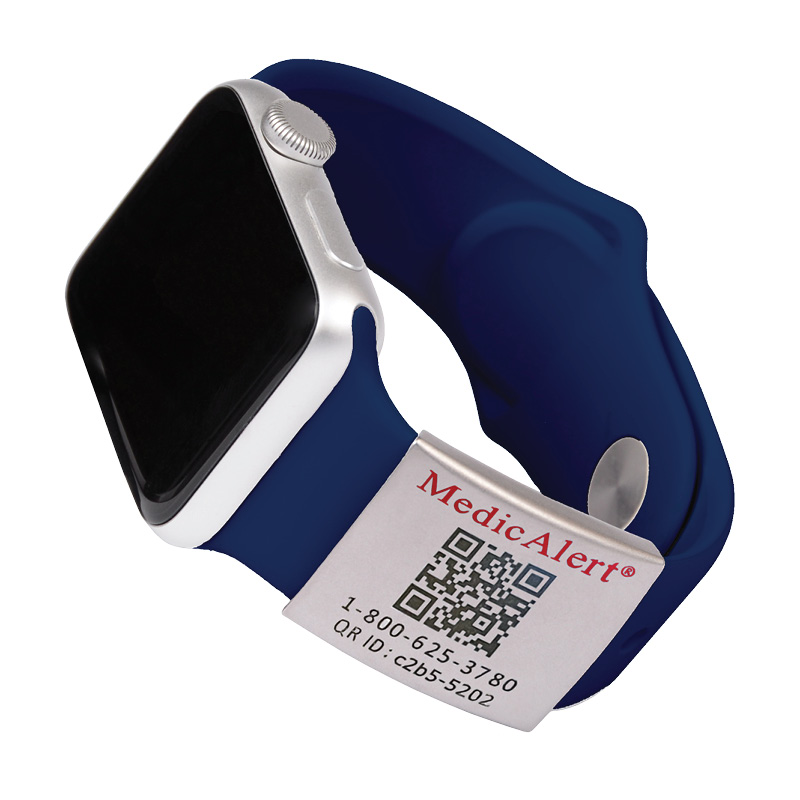Autistic children often express needs through behaviors that are difficult for parents to understand. Some of these behaviors can cause safety concerns that are very stressful for the adults tasked with their care.
A very common safety concern for autistic children is wandering away from a safe environment. According to the National Autism Association, 48% of autistic children wander, a behavior that is four times more common for them than for their neurotypical siblings. Wandering incidents, if not resolved quickly can lead to injury and even death. The NAA also notes:
- When found, more than ⅓ of autistic children are unable to communicate their name, address, or phone number to others
- Two out of three parents said their autistic child who wandered had a close call with a traffic-related injury and 32% had a close call with drowning
- Fear of wandering prevents as many as 62% of autistic children and their families from enjoying activities away from home
Thankfully, there are ways to decrease the stress and worry that comes with the risk of wandering.
This includes understanding why wandering happens, taking steps to reduce the risk of wandering, and putting strategies like medical IDs in place to communicate with others if an autistic child should wander.
How MedicAlert helps in a wandering incident
When it comes to medical IDs, investing in a high-quality MedicAlert ID and accompanying Protection Plan can greatly increase peace of mind for parents of autistic children. For 65 years, MedicAlert has offered our globally recognized medical IDs to families. The combination of a medical ID and Protection Plan provides proven benefits for people who are at risk for wandering. Every year, MedicAlert helps reunite more than 500 individuals who wandered with their families.
Your child’s MedicAlert ID can signal to others that they need assistance if they are found wandering or lost. When you combine the ID with a MedicAlert Protection Plan, your child receives 24/7 support for wandering behaviors.
Most importantly, the MedicAlert Safe and Found program is a vital safety feature for autistic children and their families. This gives you even more support and resources in case of a wandering episode. MedicAlert can be your child’s voice when they aren’t able to be with you, or can’t speak for themselves. With many options, it’s easy to find a medical ID that is comfortable for children who may experience sensory difficulties.




